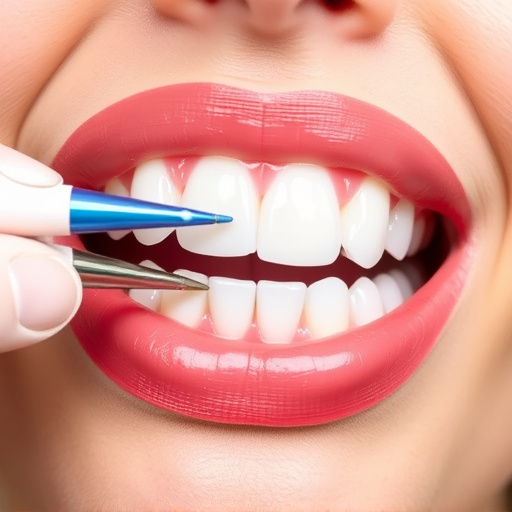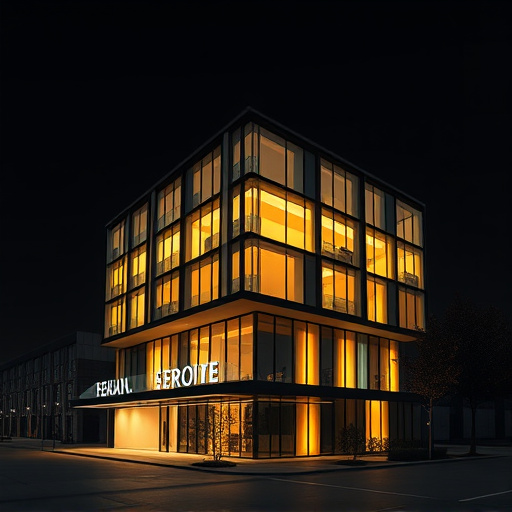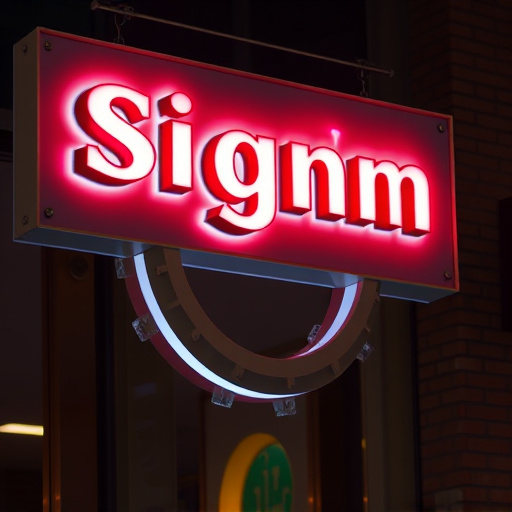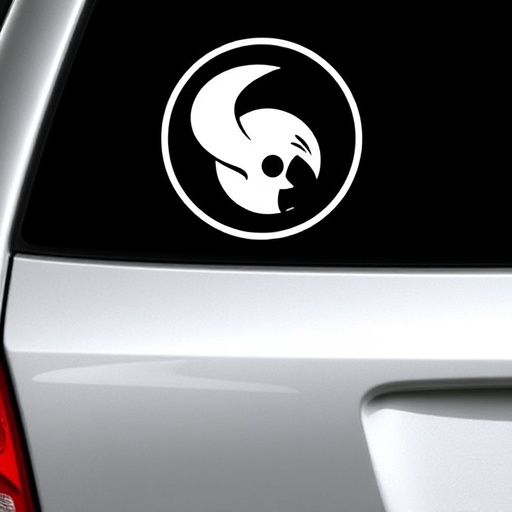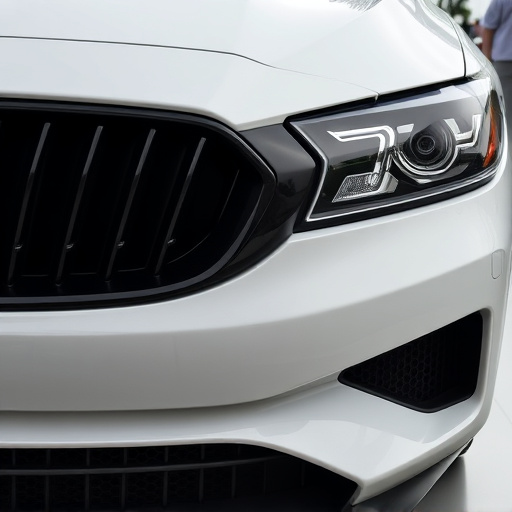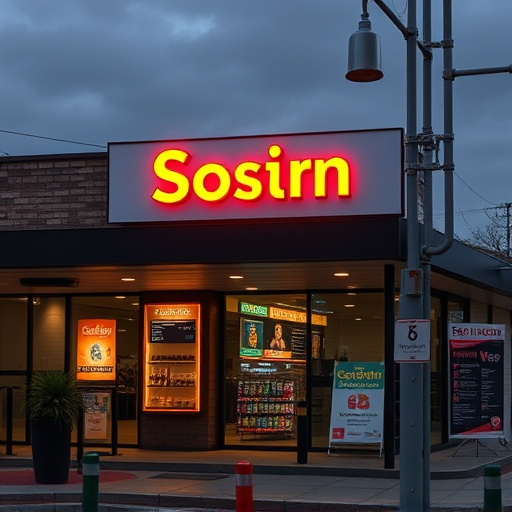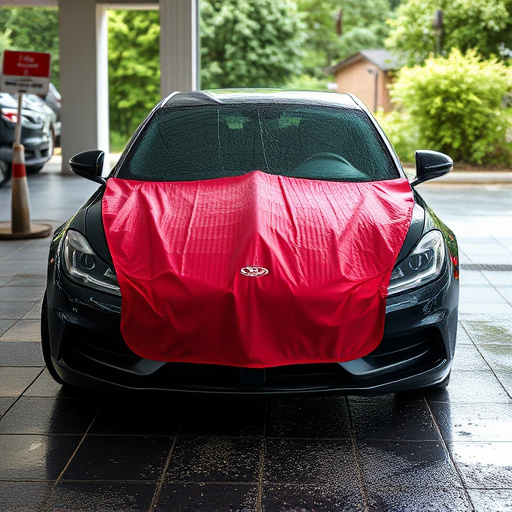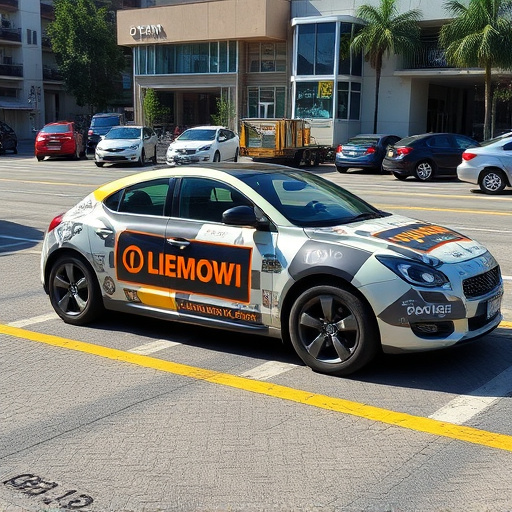Paint correction service meticulously restores vehicles by buffing away scratches and defects, enhancing aesthetics and resale value. The process involves inspection, layer-by-layer paint correction with abrasives, and additional protection like vinyl wraps or heat rejection. Best practices include thorough pre-cleaning, advanced damage assessment, precise techniques, post-correction inspections, and heat rejection technologies for optimal results.
Paint correction services are transforming the car resale landscape. By removing minor scratches, swirls, and oxidation, these professional treatments restore a vehicle’s original gloss and color, significantly enhancing its aesthetic appeal. This article delves into the fundamentals of paint correction, explores its profound impact on resale value, and provides best practices for achieving optimal results. Discover how this service can be a game-changer in maximizing your car’s selling price.
- Understanding Paint Correction: The Basics
- Benefits for Resale: Boosting Car Value
- Best Practices: Ensuring Optimal Results
Understanding Paint Correction: The Basics
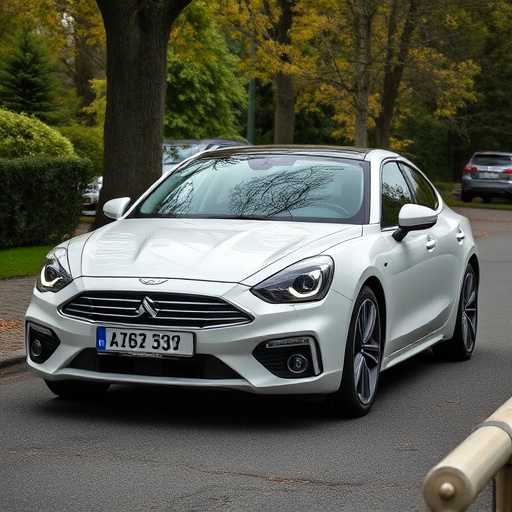
Paint correction is a meticulous process that restores the original shine and protection of a vehicle’s paintwork. It involves using specialized tools and compounds to gently buff away minor scratches, swirls, and defects, revealing a smooth, glossy finish. This service is often mistaken as simply polishing, but it goes deeper; paint correction targets not just the visible imperfections but also the microscopic damage that can affect light reflection and the overall appearance of the paint job.
The process begins with a thorough inspection to identify the type and severity of damages. Then, using appropriate abrasives and machines, the technician gently corrects the paint, layer by layer. This careful restoration not only enhances aesthetics but also improves the vehicle’s resale value. A well-maintained, corrected exterior presents the car in its best light, attracting buyers and potentially commanding a higher price point compared to similarly priced vehicles with less meticulous finishes. Additionally, services like vinyl wraps and heat rejection, though not part of basic paint correction, can further protect the vehicle from UV damage and extreme temperatures, contributing to long-term preservation and resale appeal.
Benefits for Resale: Boosting Car Value
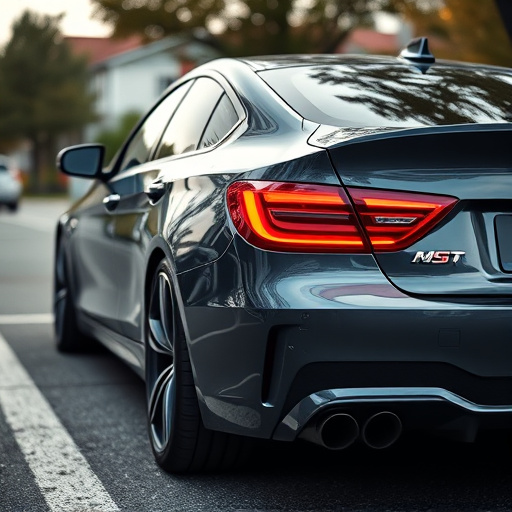
One of the most significant advantages of investing in a paint correction service is the substantial boost it gives to your car’s resale value. In today’s competitive automotive market, buyers are increasingly conscious of a vehicle’s aesthetic appeal and overall condition. A paint correction service can transform a car from acceptable to exceptional, making it more attractive to potential purchasers. This process meticulously removes minor scratches, swirls, and imperfections from the paintwork, revealing a sleek, showroom-like finish that commands higher prices.
Moreover, a car with a well-maintained exterior, thanks to ceramic window tinting and high-quality finishes, instantly conveys care and attention to detail. This perceived value transfer can lead to faster sales and potentially higher selling prices. Car customization enthusiasts also appreciate the benefits of paint correction, as it enhances the overall look of their modified vehicles, making them stand out in a sea of similarly modified cars while maintaining or increasing their resale value.
Best Practices: Ensuring Optimal Results
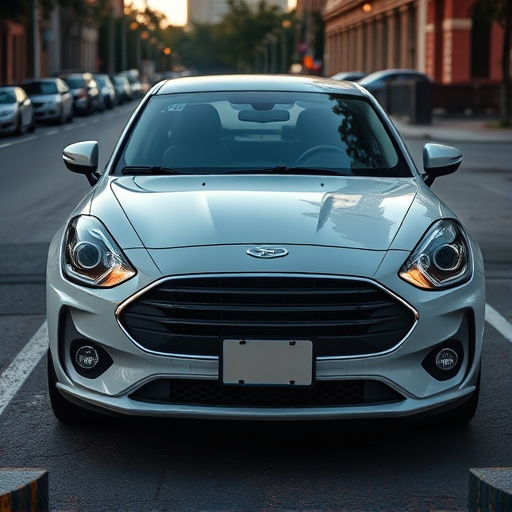
To ensure optimal results from a paint correction service, best practices should be followed diligently. This includes thorough pre-cleaning to remove any dirt, dust, or contaminants that may hinder the correction process. A proper assessment of the vehicle’s paint damage is crucial; using advanced technology and expertise to identify scratches, swirls, and other imperfections ensures targeted treatment.
The actual correction process demands precision and the right tools, such as cutting-edge machines and compounds, to safely and effectively restore the paintwork without causing further damage. Post-correction inspections are equally vital to guarantee satisfaction and verify the service’s success in enhancing the vehicle’s appearance, thereby significantly improving its resale value. Incorporating heat rejection technologies during the process can also contribute to vehicle protection, ensuring optimal performance under various weather conditions.
A paint correction service can significantly enhance a vehicle’s resale value by correcting scratches, swirls, and other imperfections. By restoring the car’s original gloss and finish, this service not only improves aesthetics but also increases its market appeal. Following best practices ensures optimal results, making it a smart investment for anyone looking to maximize their vehicle’s resale potential in today’s competitive market.
